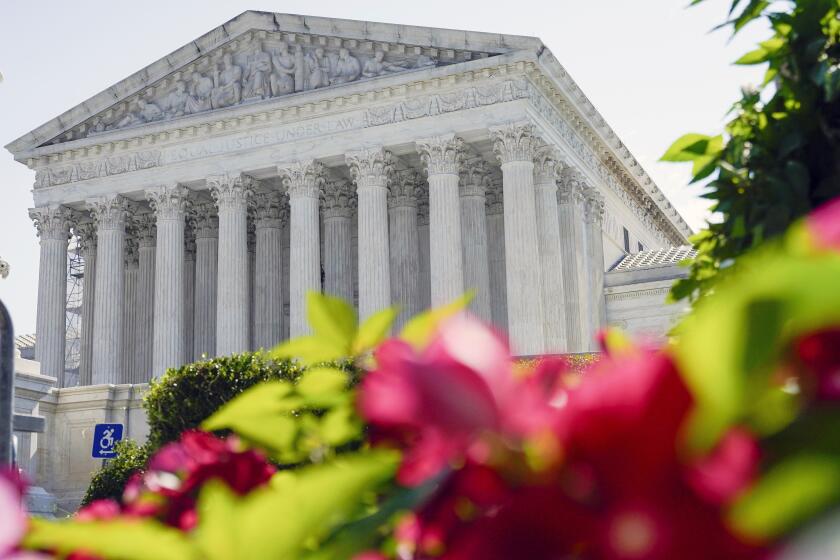Unionists’ Ranks Declined More Slowly in 1986
Organized labor, struggling to maintain its ranks after several years of significant decline, lost members at a slower rate in 1986, unreleased government figures show.
The Labor Department data, scheduled to be released within a week by the Bureau of Labor Statistics, shows that the number of working union members declined from 16,996,000 in 1985 to 16,975,000 in 1986. That loss of 21,000 last year compares with drops of 344,000 in 1985 and 377,000 in 1984.
Expects Increase in 1987
Charles McDonald, director of organizing for the AFL-CIO, said, “My hunch is that we’ll show an increase in union membership in 1987,” for the first time since 1979, “although there will continue to be some slight erosion in manufacturing.”
The average number of working Americans rose by 4.7 million to 96.9 million last year, the figures obtained by the Associated Press show, reducing organized labor’s share of the nation’s work force to 17.5% from 18% in 1985.
The unions’ share of the U.S. work force has been eroding steadily since it peaked at 35.5% in 1945 at the end of World War II.
Leveling at Hard Core
“What you are seeing is a leveling off at the hard core; it could just go so low,” said Richard Belous, a labor analyst for the Conference Board, a business research group.
“There is going to continue to be an organized labor movement,” Belous said. “The interesting thing will be to see if they can reverse the numbers.”
The figures also show unionists enjoying a widening wage advantage over non-union workers.
In 1986, union members saw their average earnings rise by $21 per week, more than double the average $10-a-week raise received by non-union workers.
More to Read
Start your day right
Sign up for Essential California for news, features and recommendations from the L.A. Times and beyond in your inbox six days a week.
You may occasionally receive promotional content from the Los Angeles Times.






